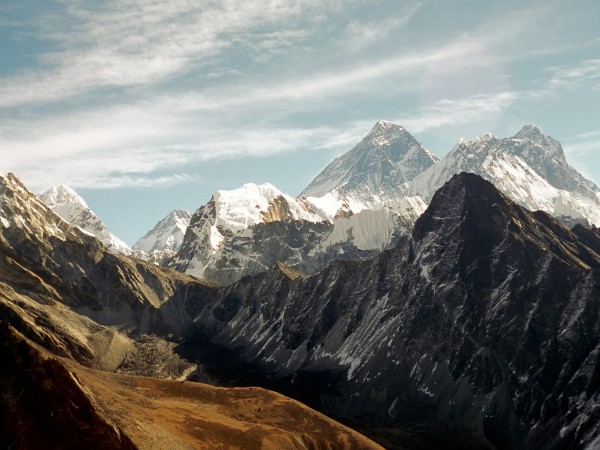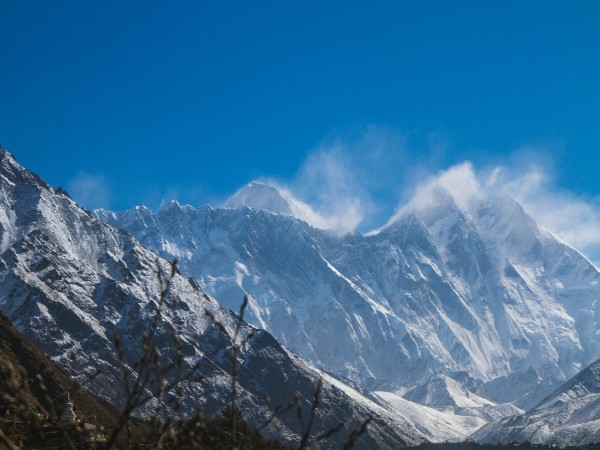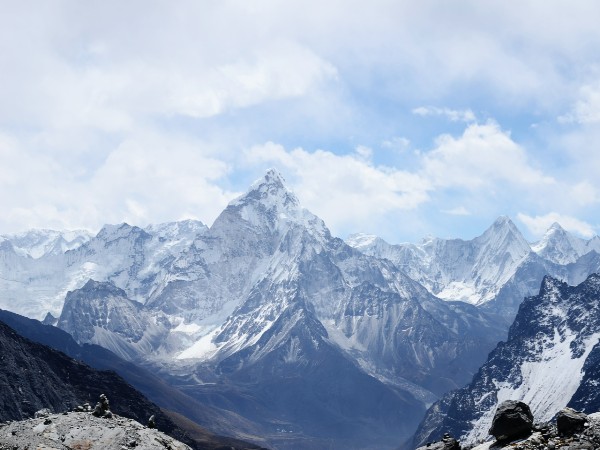[ad_1]

Mount Everest, the highest peak in the world (8,848 m), is the dominant peak in Sagarmatha, an outstanding region with stunning mountains, glaciers, and deep valleys. Other notable summits include Lhotse, Pumori, Cho Oyu, Ama Dablam, Kwangde, Thamserku, Kangtaiga, & Gyachyung Kang. The park is home to several endangered species, including the snow leopard and panda. Sagarmatha, which was made a national park in 1976, is renowned for both its natural beauty and its significance in terms of both religion and culture.
The words “Sagar” and “matha,” which translate to “sky head” in Nepali, are combined to form the name “Sagarmatha.” The 1,148 square kilometre Sagarmatha National Park is located in Nepal’s Khumbu region, in the Himalayan ecological zone, and borders Tibet to the north. The Sagarmatha National Park is the epitome of the best trekking, with its numerous glacial valleys, rough terrain, and 90 spectacular peaks, including Mount Everest, the highest mountain in the world. The park was included in the list of World Heritage Sites in 1979 in appreciation of its exceptional natural phenomenon and distinctive culture.
The Sherpa people, who are Buddhists from Nepal and are recognized for having a culture centred around the high peaks, also call this park their home. The park is home to about 7700 Sherpas, and maintaining their culture and traditions is regarded as a crucial aspect of park administration.

The busiest trekking seasons in Sagarmatha National Park are from March to May & from October to November. Although the monsoon season, which begins in June and lasts through September, greatly increases the likelihood of rain, trekking off-season is definitely worth the effort if your vacation time isn’t flexible. In fact, because there are fewer travelers during this time, some hikers actually favour it.
Must-see Tourist attractions in Sagarmatha National Park:
- Mt.Everest
- Gokyo Lakes
- Kala Patthar
- Cho La Pass
- Dudh Kosi,
- Tengboche Monastery, etc.
Things to Know about Sagarmatha National Park:
Trekking in the park requires a permit. If you reserve with a trekking company, these will be organised for you before leaving Kathmandu, or if you are travelling solo, you can pick them up yourself in Kathmandu. The park’s lodging options range in quality from very basic to opulent. From 9,333 feet (2,845 metres) to 29,028 feet (8,848 metres) at the peak of Everest, the park’s elevation ranges greatly.

How to reach Sagarmatha National Park:
The most popular method of transportation to the park is to fly from Kathmandu to Lukla in 30 minutes. The park was 35 kilometres from Lukla. You can hike your way to the park. You can also access the park via various roads, but the walk will take you close to ten days to complete. Therefore, it is preferable to fly.
When to visit Sagarmatha National Park:
October, November & March, April, and May.
[ad_2]
Source link
